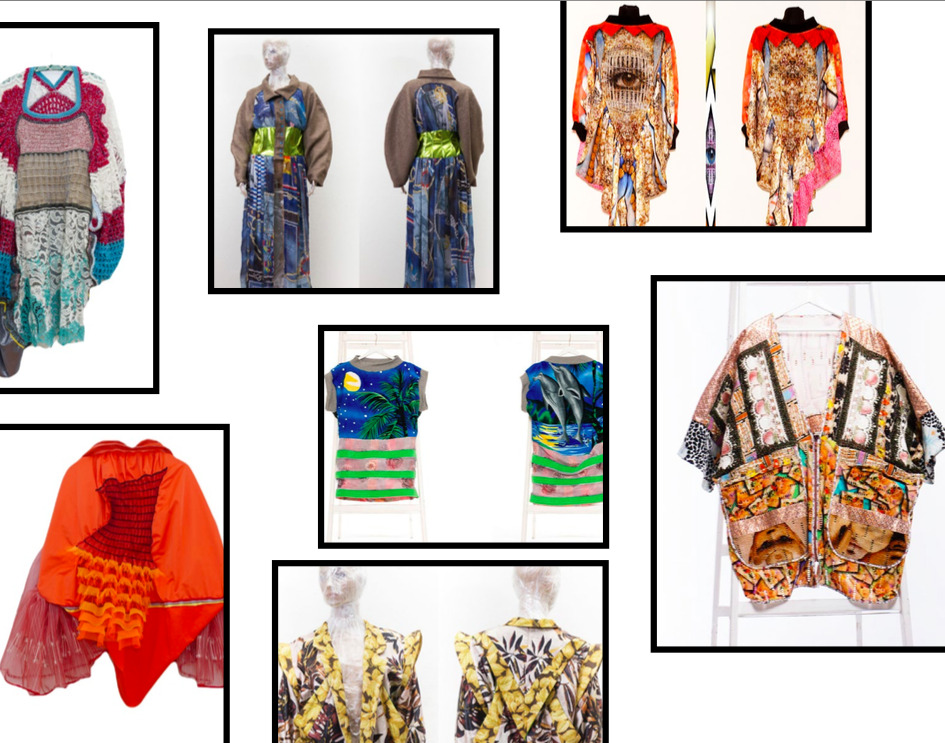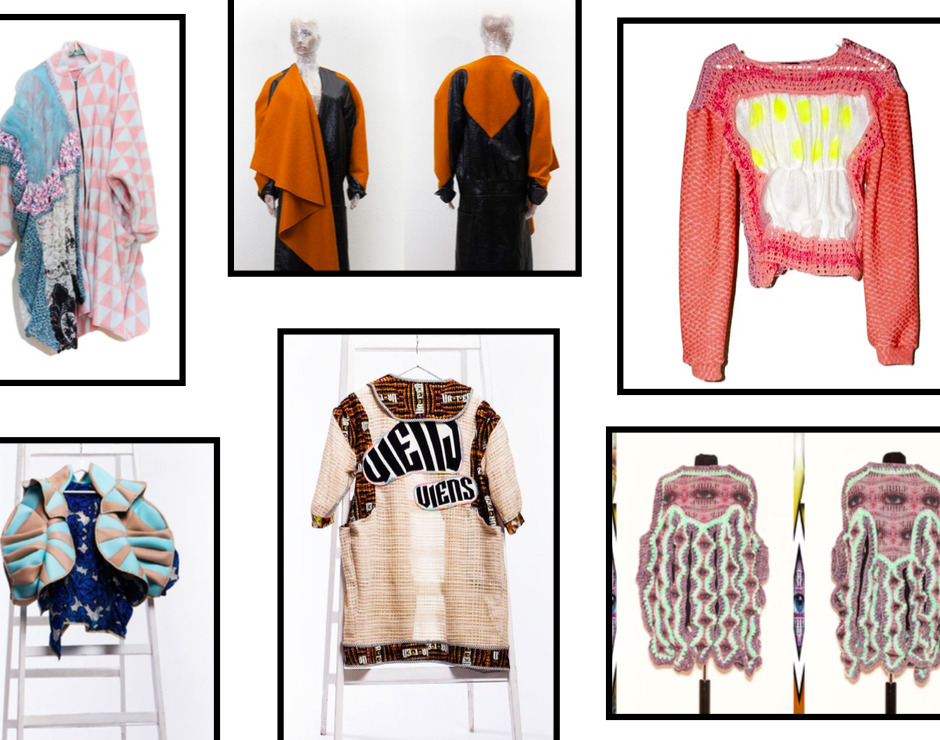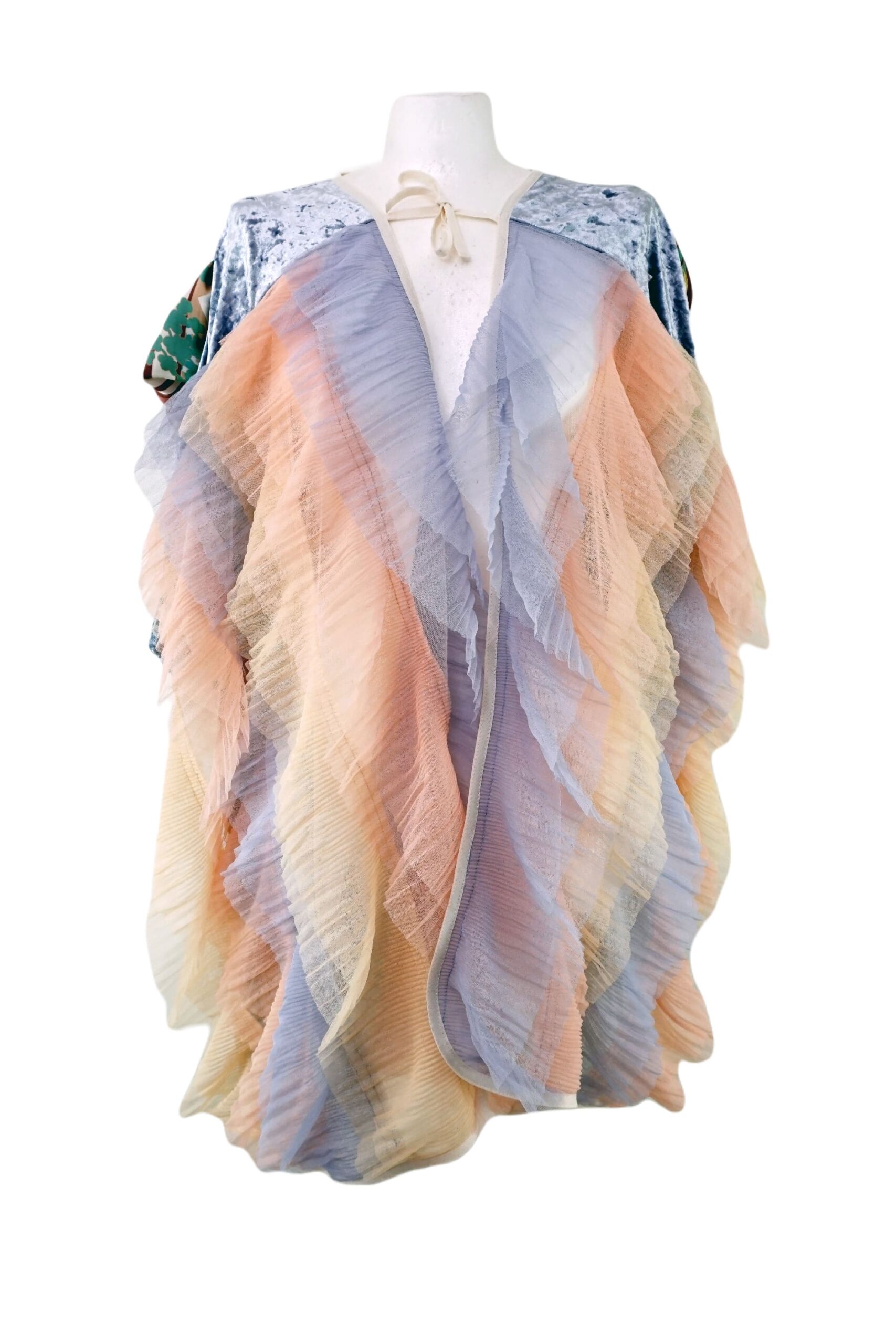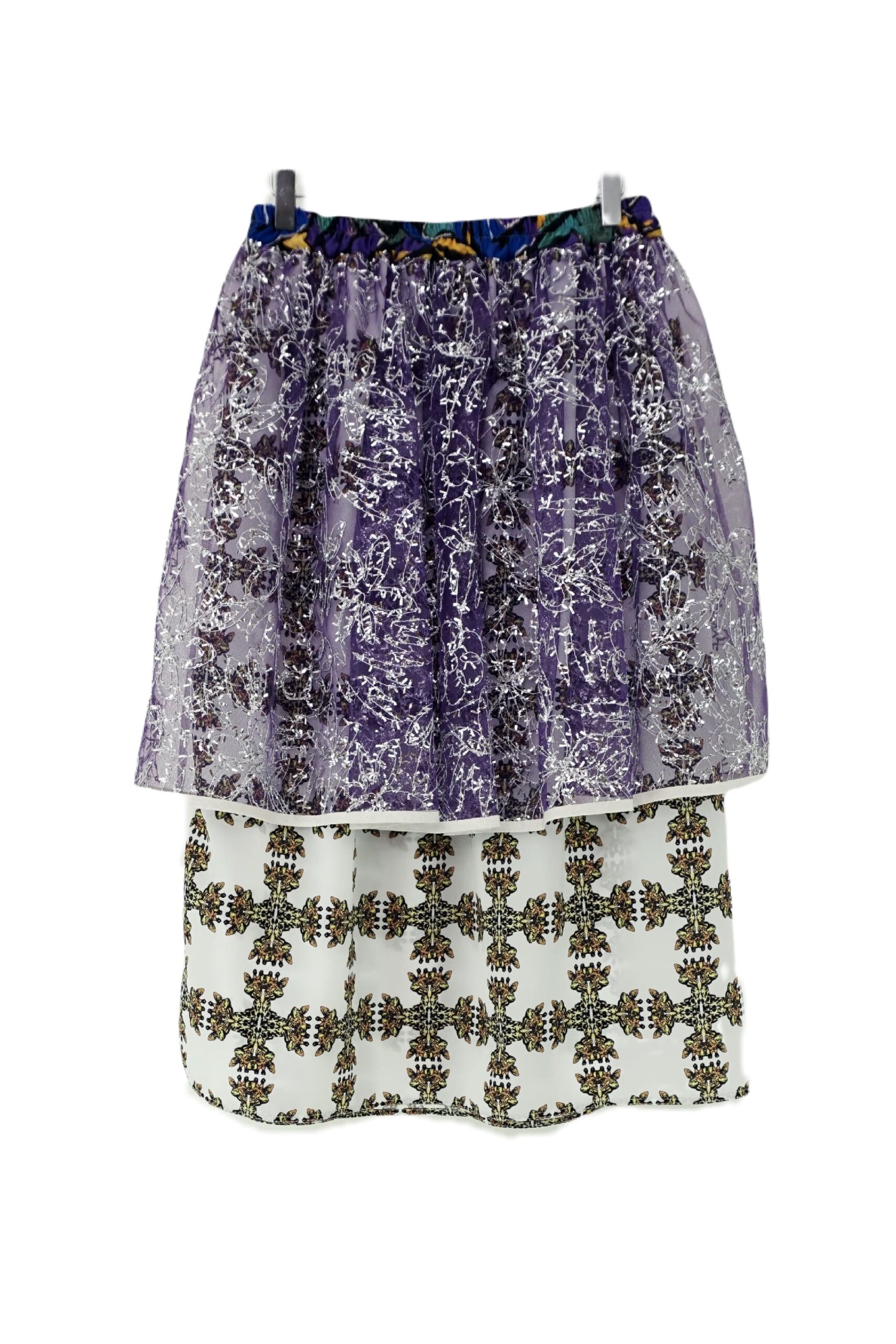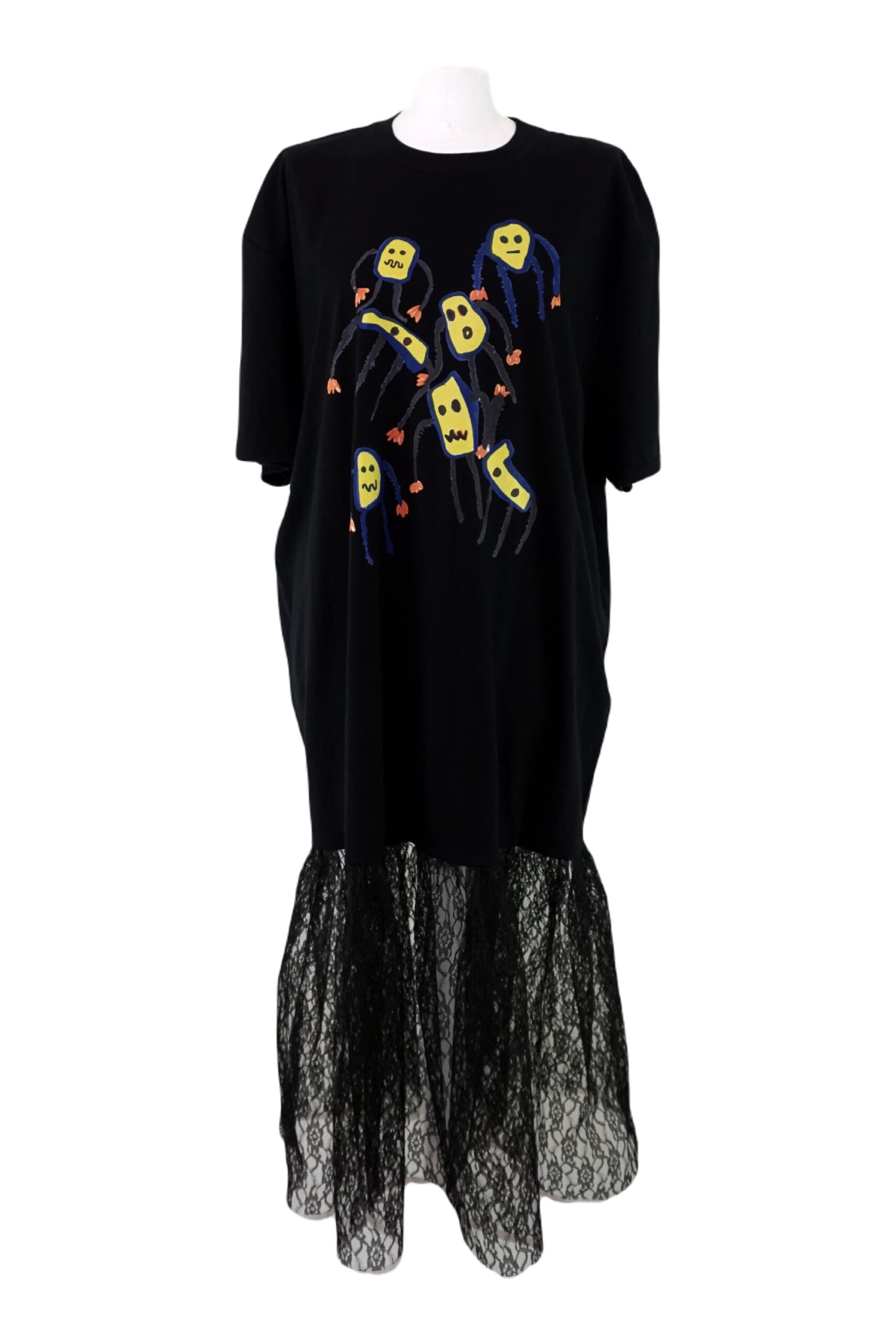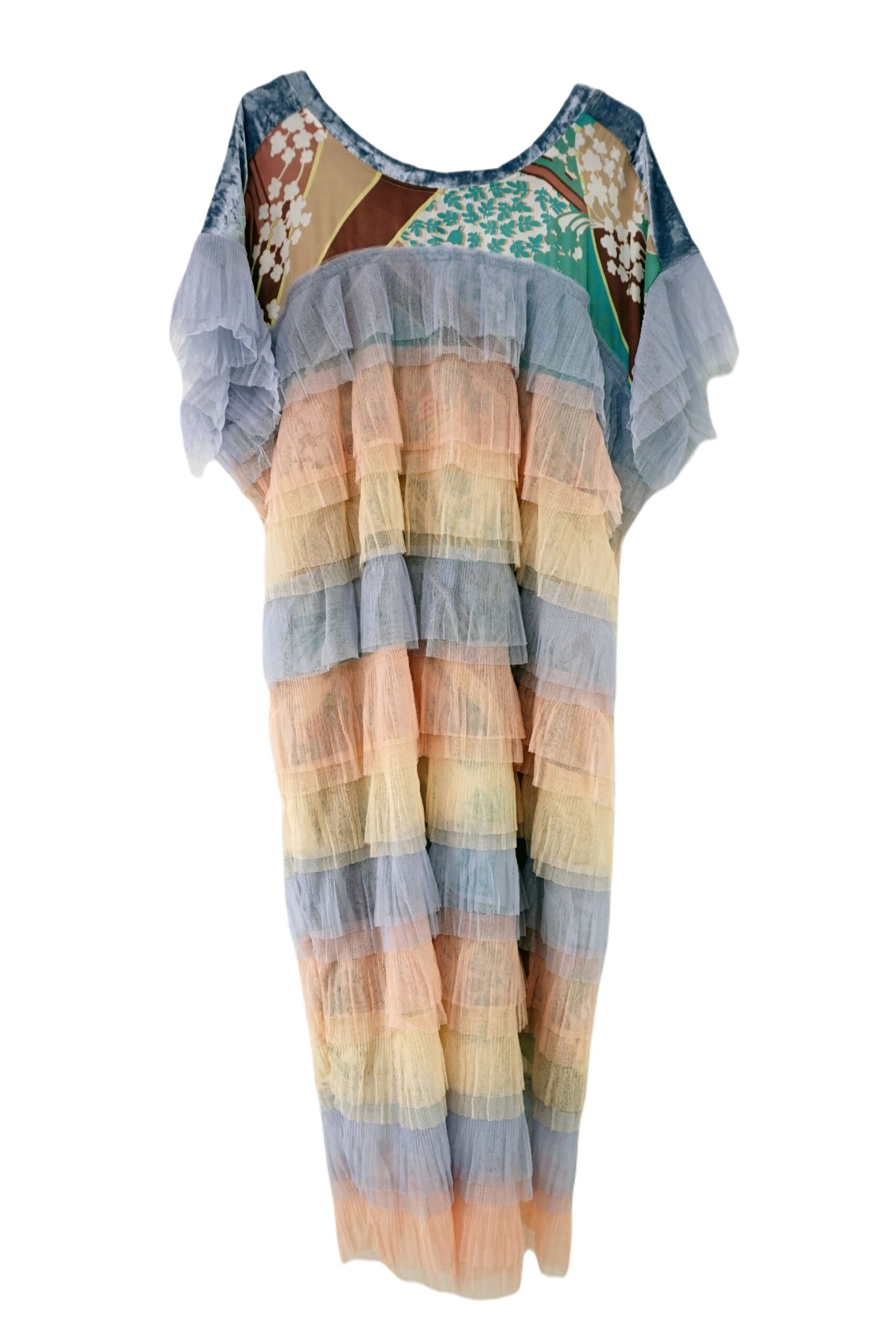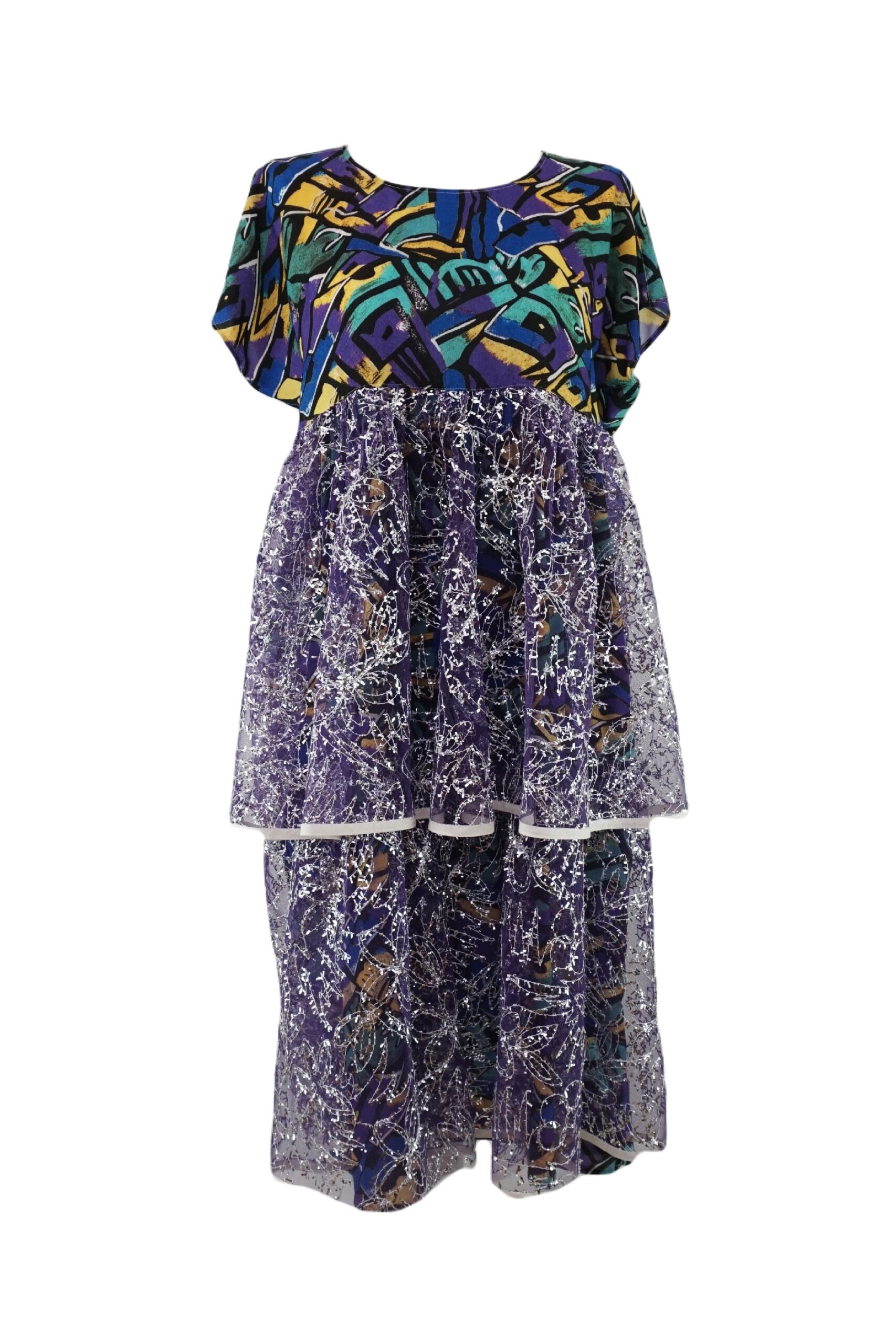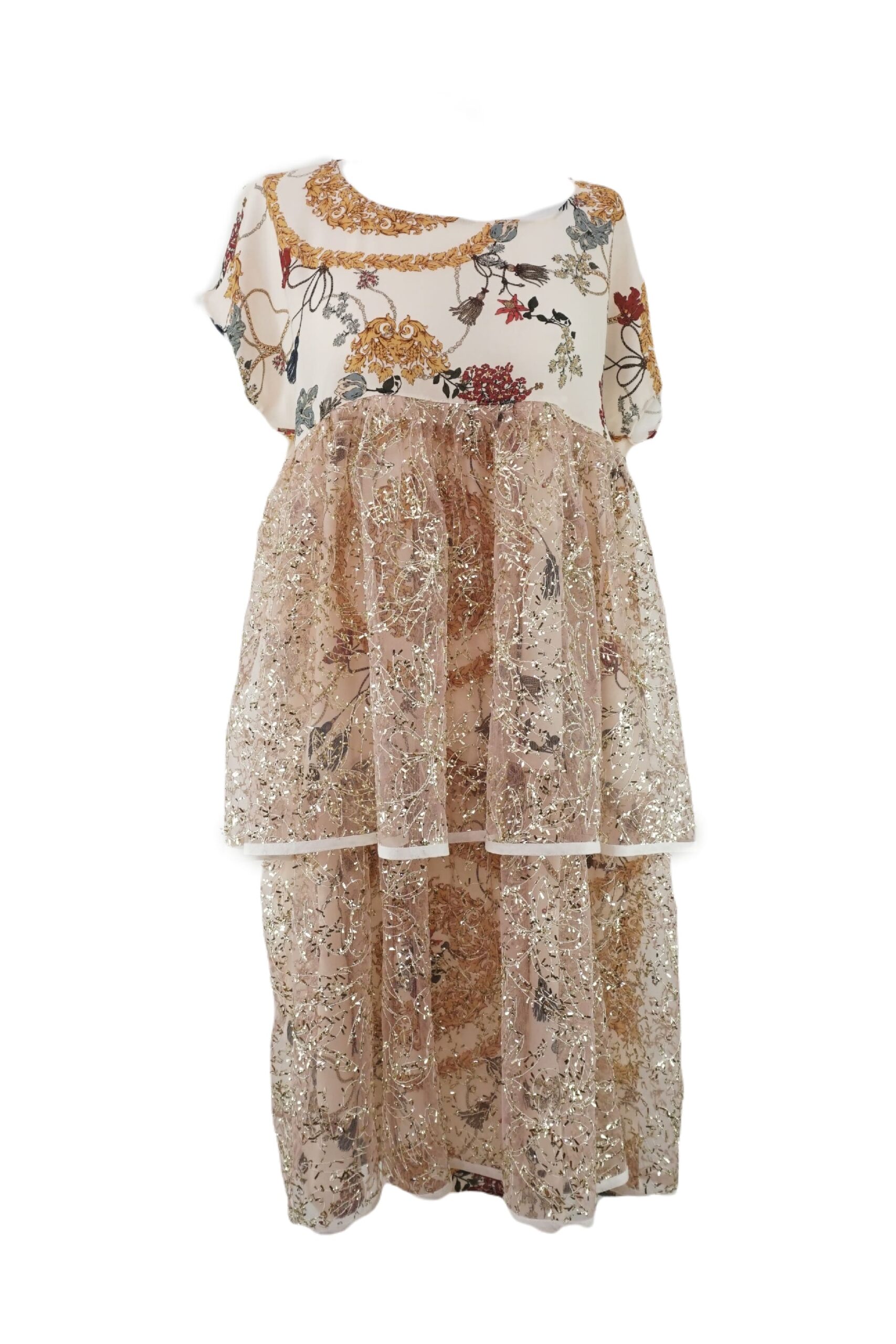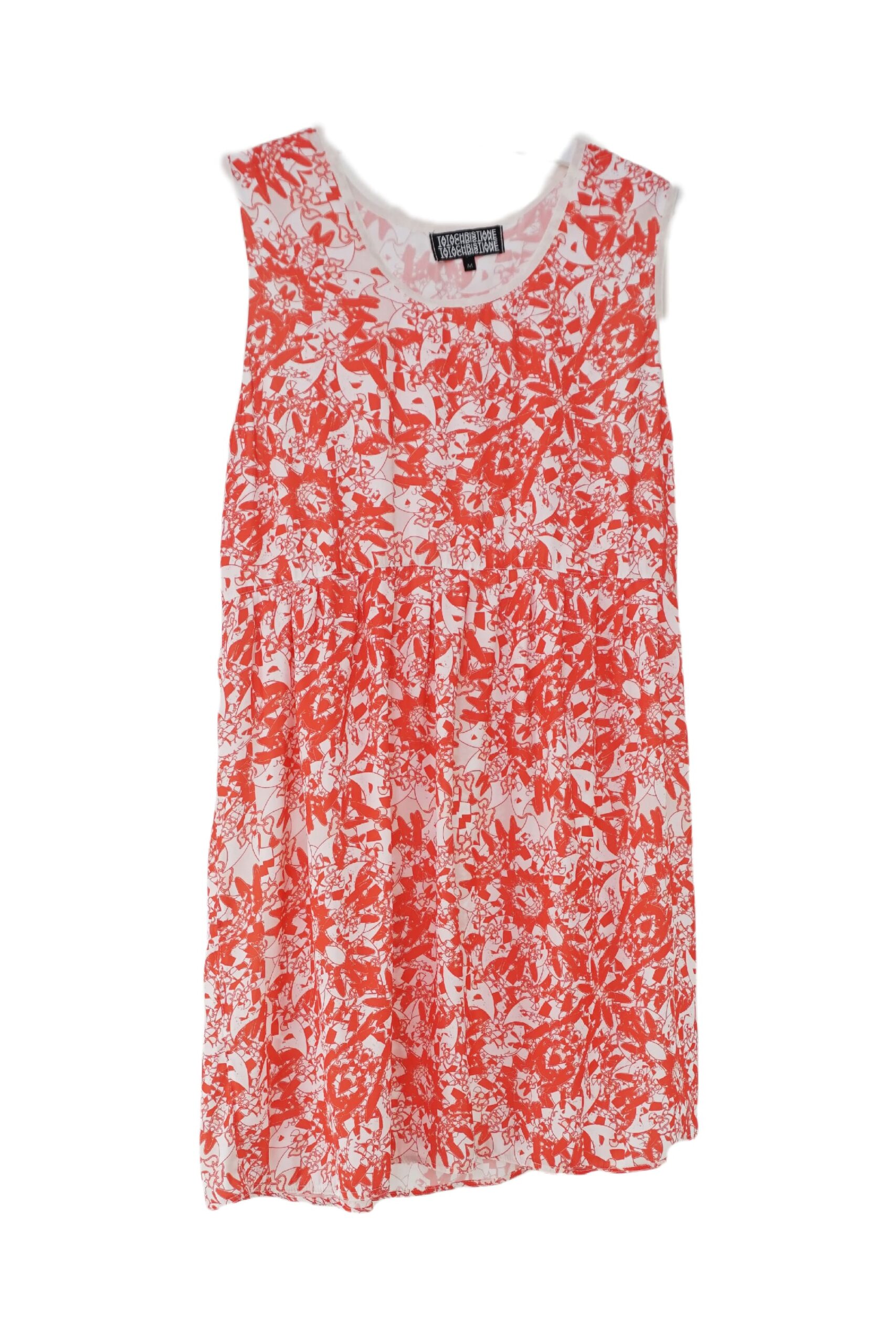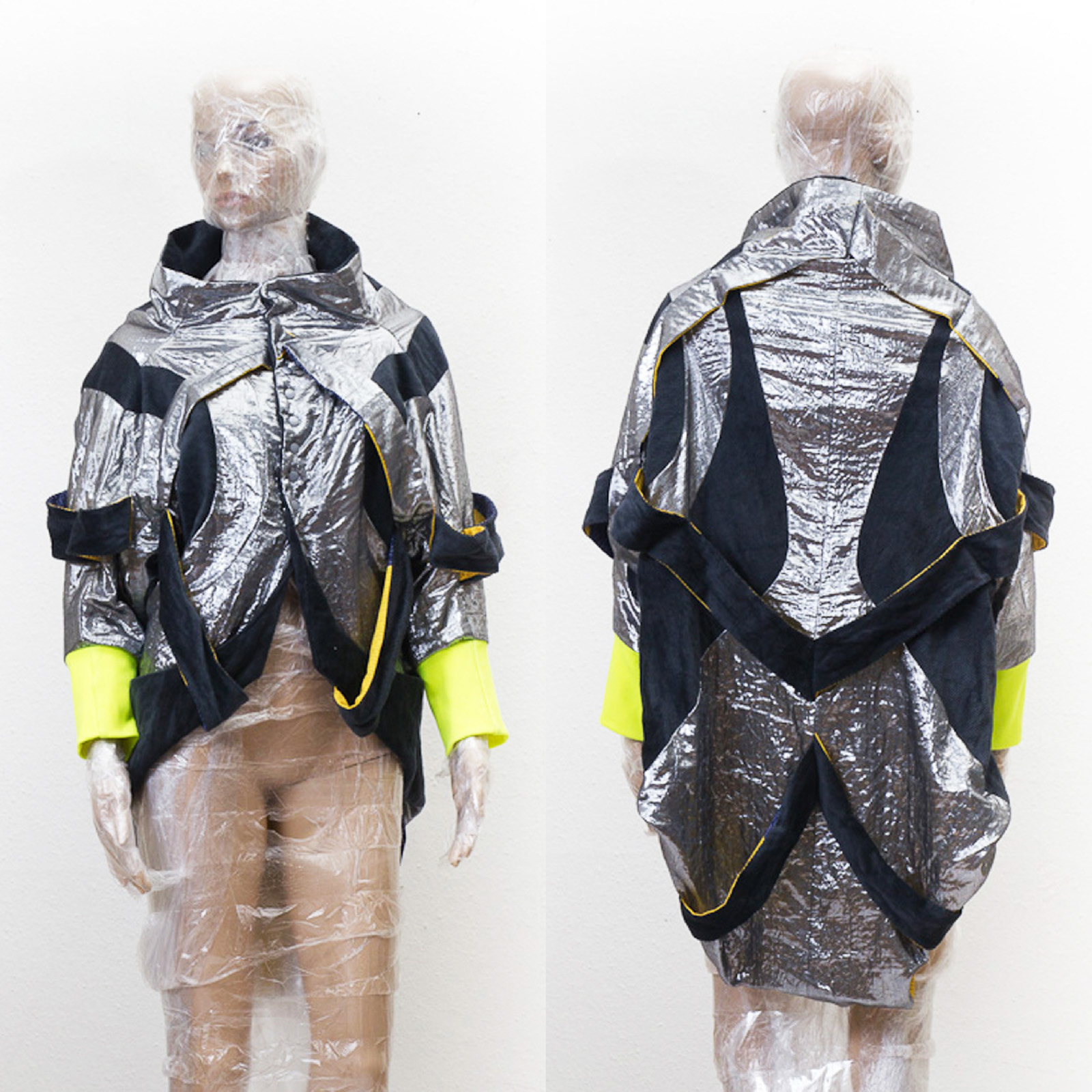The textile archive a fashion object like no other is an article writted in March 2022 by Saveria Mendella, a doctoral student in fashion studies and holder of the 2021 research grant from the Maison Mode Méditerranée Endowment Fund. A beautiful article about Tata Christiane and the work we have been doing over the past few years to re-edit and republish our archives.
For more than 10 years now, since 2007, we have created hundreds and hundreds of unique pieces or models for collections. Thanks to the support of the Fonds de Dotation Maison Mode Marseille and the grant awarded in 2020, we will gradually publish all our archives.
We would like to publish here the whole of his article on our site because “The textile archive a fashion object like no other” deeply touched us by its accuracy and its good understanding of our fashion project.
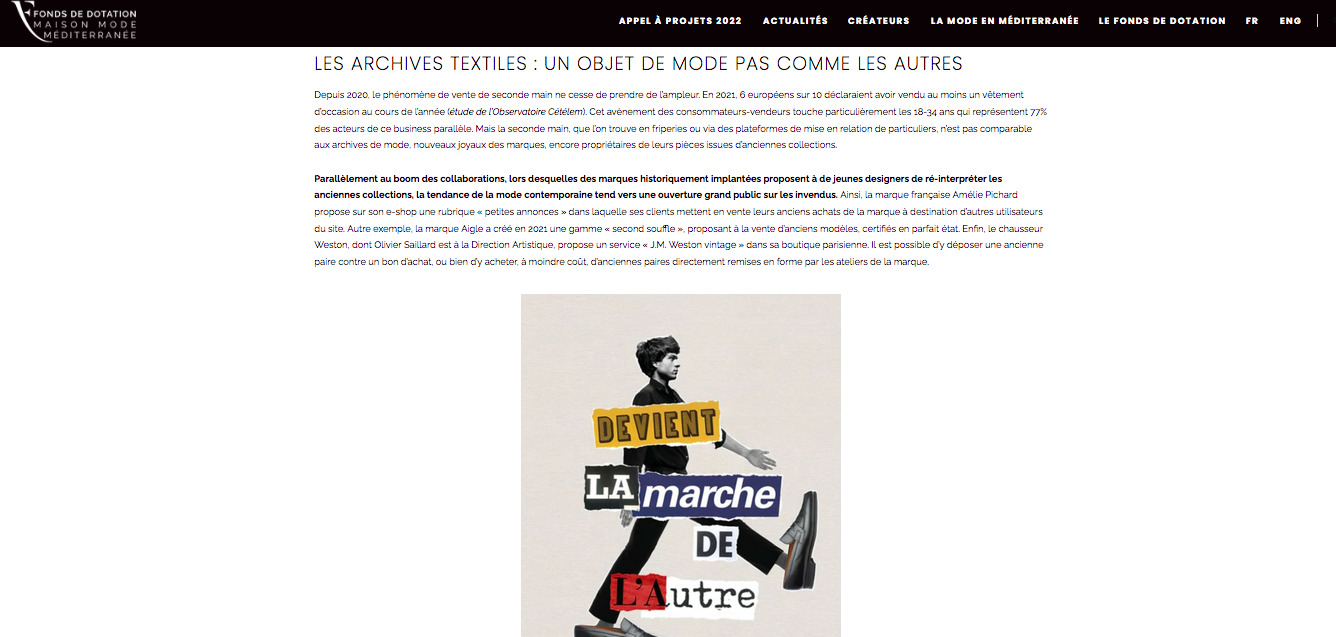
The textile archive a fashion object like no other, by Saveria Mendella
translated from the original article that you can find here in french.
“Since 2020, the phenomenon of second-hand sales has continued to grow. In 2021, 6 out of 10 Europeans said they had sold at least one item of second-hand clothing in the course of the year (study by the Cétélem Observatory). This advent of consumer-sellers particularly affects 18-34 year olds, who represent 77% of the players in this parallel business. But second-hand clothes, which can be found in second-hand shops or via platforms that put people in touch with each other, are not comparable to fashion archives, the new jewels of brands that still own their pieces from old collections.
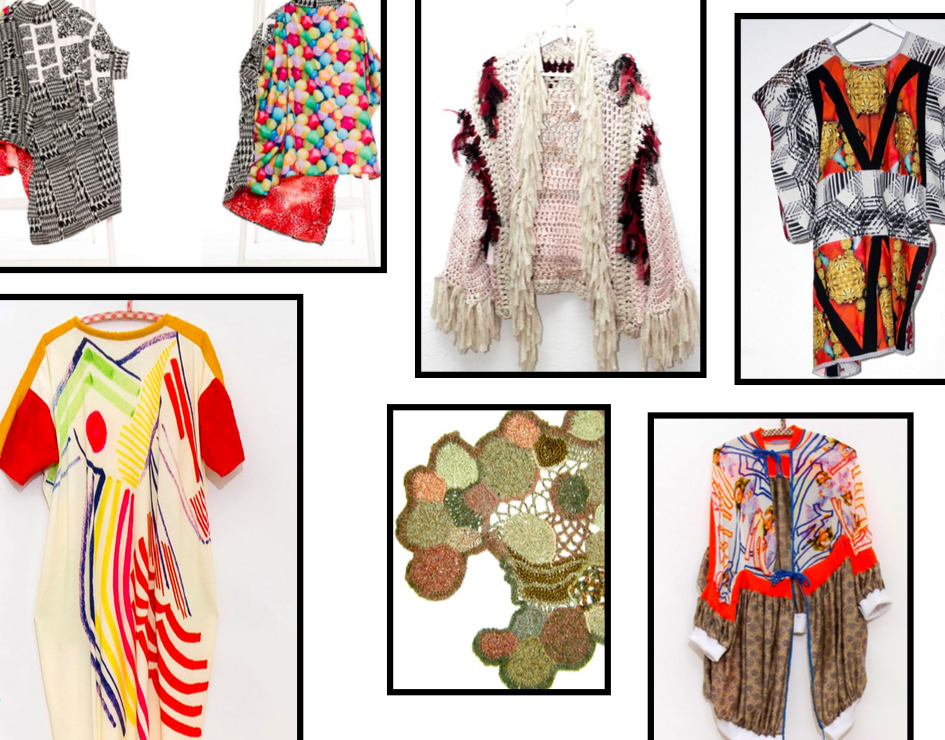
In parallel with the boom in collaborations, in which established brands offer young designers the opportunity to reinterpret old collections, the trend in contemporary fashion is to open up unsold items to the general public. For example, the French brand Amélie Pichard has a “classified ads” section on its e-shop in which its customers put their old purchases of the brand up for sale to other users of the site. Another example is the brand Aigle, which in 2021 created a “second wind” range, offering old models for sale, certified as being in perfect condition. Finally, the shoe manufacturer Weston, whose Artistic Director is Olivier Saillard, offers a “J.M. Weston vintage” service in its Paris boutique. It is possible to drop off an old pair of shoes in exchange for a voucher, or to buy old pairs at a lower cost, directly refurbished by the brand’s workshops.
In the same way that the internet sparked the fashion craze in the 2000s, it is now the self-management of archives that is massively seducing fashion brands, eager to produce a responsible consumption chain. But not only that. Thanks to the massification of the use of the term “archive” in communications and branding, young labels are rethinking the concept of archiving itself under the influence of a web culture that easily mixes material and immaterial cultural practices. After all, “archiving” means collecting, depositing, and filing. So many verbs that make the work of images (and other objects of our cultures) present to our heritage in a permanence that redefines even the notion of “History”.
Because “archiving” used to consist mainly in collecting and filing for a future time still unknown, a reassuring “just in case”. However, from now on, “archiving” in fashion encourages the practice of collecting and then putting back into circulation – often commercially – objects and ornaments from the past in order to preserve the memory, but in a moving way, with daily and no longer only historical uses.
“Archiving” is now also a way of reactivating the memory of fashion by updating a creative imagination that refuses to bend to the brevity of fashion trends. The archive becomes a contemporary and permanent resource, ultra-visible. Thus, the web, as a tool for communicating the ephemeral, becomes a place where fashion history can be a tool of the present thanks to the presentation of images and other archives that are updated by the simple fact of being published.
The French brand Tata Christiane, which specialises in upcycling and the creation of unique pieces, is a recipient of a grant from the Fonds de Dotation Maison Mode Méditerranée (class of 2021-2022), which has enabled it to develop its new online version. Founded in 2013 by Julie Bourgeois and based in Germany, the company launched its own archive on its new website in 2022. Still evolving, and no doubt as infinite as the multitude of images accessible on the internet, this archive of collection images aims to consolidate the brand’s visual history. Proof of a narrative that evolves according to a constant aesthetic framework, these images ensure the presence of model garments produced in the past. Between the semantic exploration of the term “archive” and the questioning of the notion of fashion archives, the brand shows us a clothing archive that is only accessible… in images.
In total, more than 4,000 pieces in the form of digital archives will be on display and freely accessible, like an interactive moodboard that is also intended to generate external and varied inspiration. The inspirational boards of the Pinterest platform are the ideal place for this archiving work undertaken by Tata Christiane, who now favours visual communication listed by keywords that reflect her universe (“magical crafts”, “traditional costumes”, “up-cycling fashion”, etc.), while the images can be adapted and inserted differently into the universes of other platform users.
At the same time, the brand is transforming its Berlin workshop into a workshop and fitting room where unique models will be accessible to customers in person. In addition to this intimate and immersive cabin, there will be temporary openings to visit the premises.
Access to the brand’s physical world becomes an entry point to its online presence, where the new site combines editorials, archive images, collections and live sales. Exploration becomes hybrid and accessible in various forms in a didactic invitation that facilitates immersion in the Tata Christiane aesthetic. Tata Christiane is a brand that also specialises in vintage and upcycled textiles, giving a second life – this time material – to the fashion objects that surround our spaces. The key terms of contemporary fashion are used literally. Upcycling becomes a technique for valorising the existing in all its aspects, vintage encourages the modernisation of the old, and the archive allows the filing of inspirations for the future.
The archive, in fabrics or images, is thus explored in all its dimensions to respond to an urgency that goes beyond the field of fashion: to create from what exists and to make-with our past productions. Even in the inspirations (Jacques Prévert, the Romantic period, etc.) the archives of our common cultural history are exploited within Tata Christiane’s own universe.
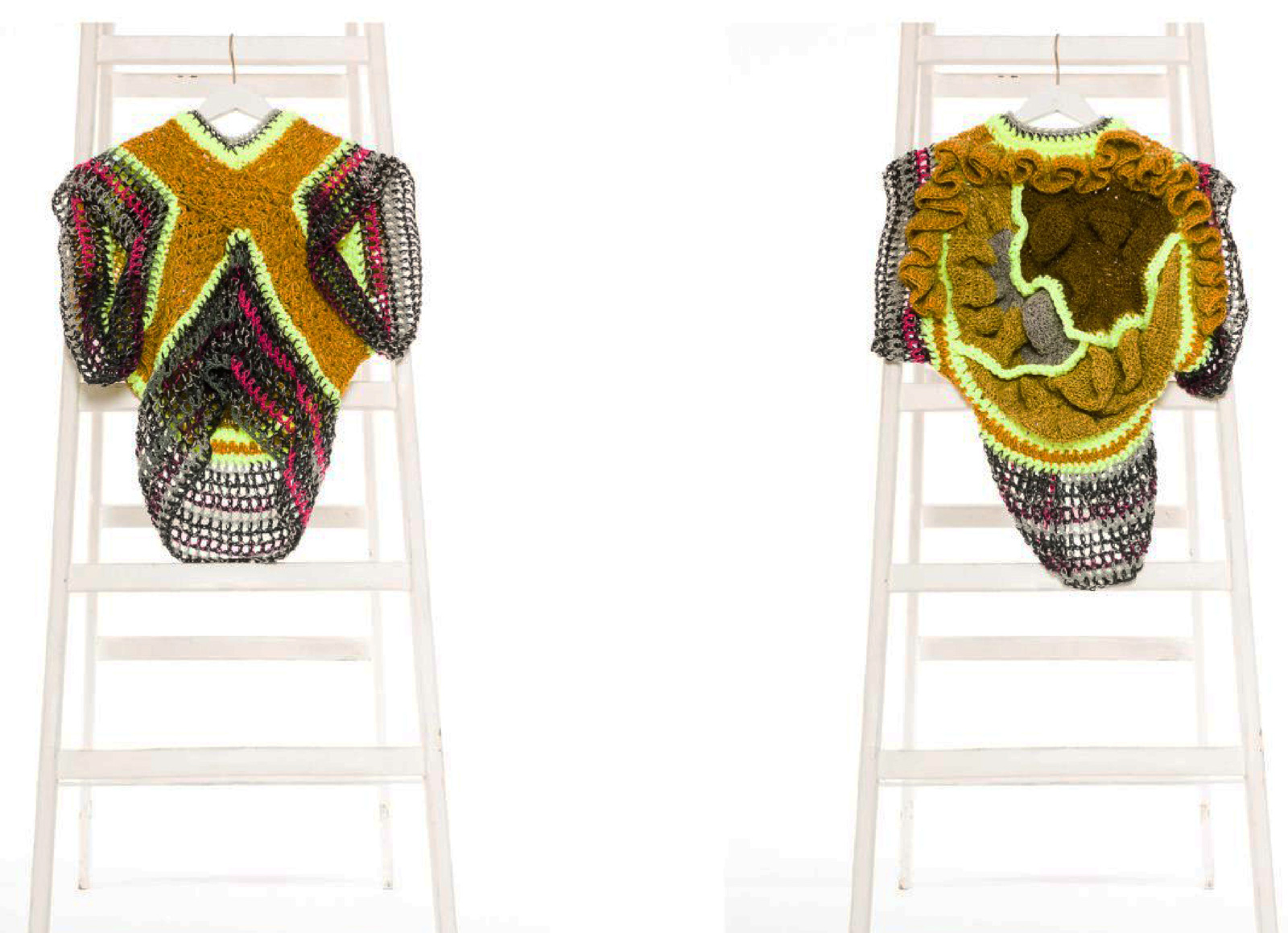
The name of the Spring/Summer 2022 collection, “Ghost of the roaming 20’s”, takes on an ironic and mystical air. The real underlying trend becomes a journey through time that encourages us to update our reference points and change our habits.
In contemporary fashion, archives are therefore collectively constructed and take centre stage in order to multiply their uses. Inspiring, communicating, or even commercial, fashion archives are increasingly explored as a creative tool with an ever-renewed potential.
The textile archive a fashion object like no other

